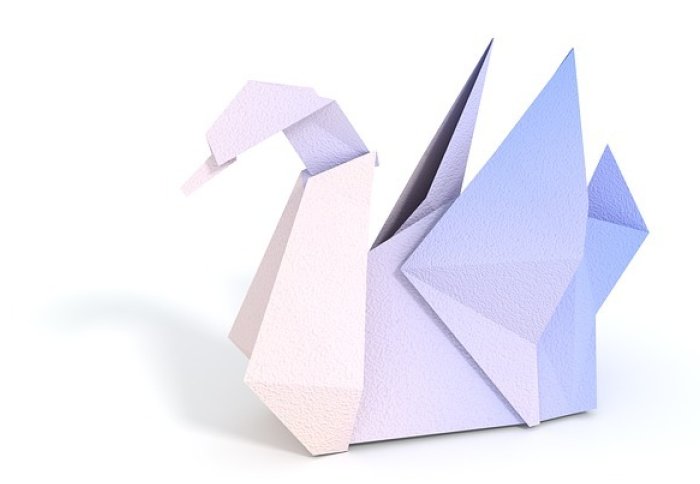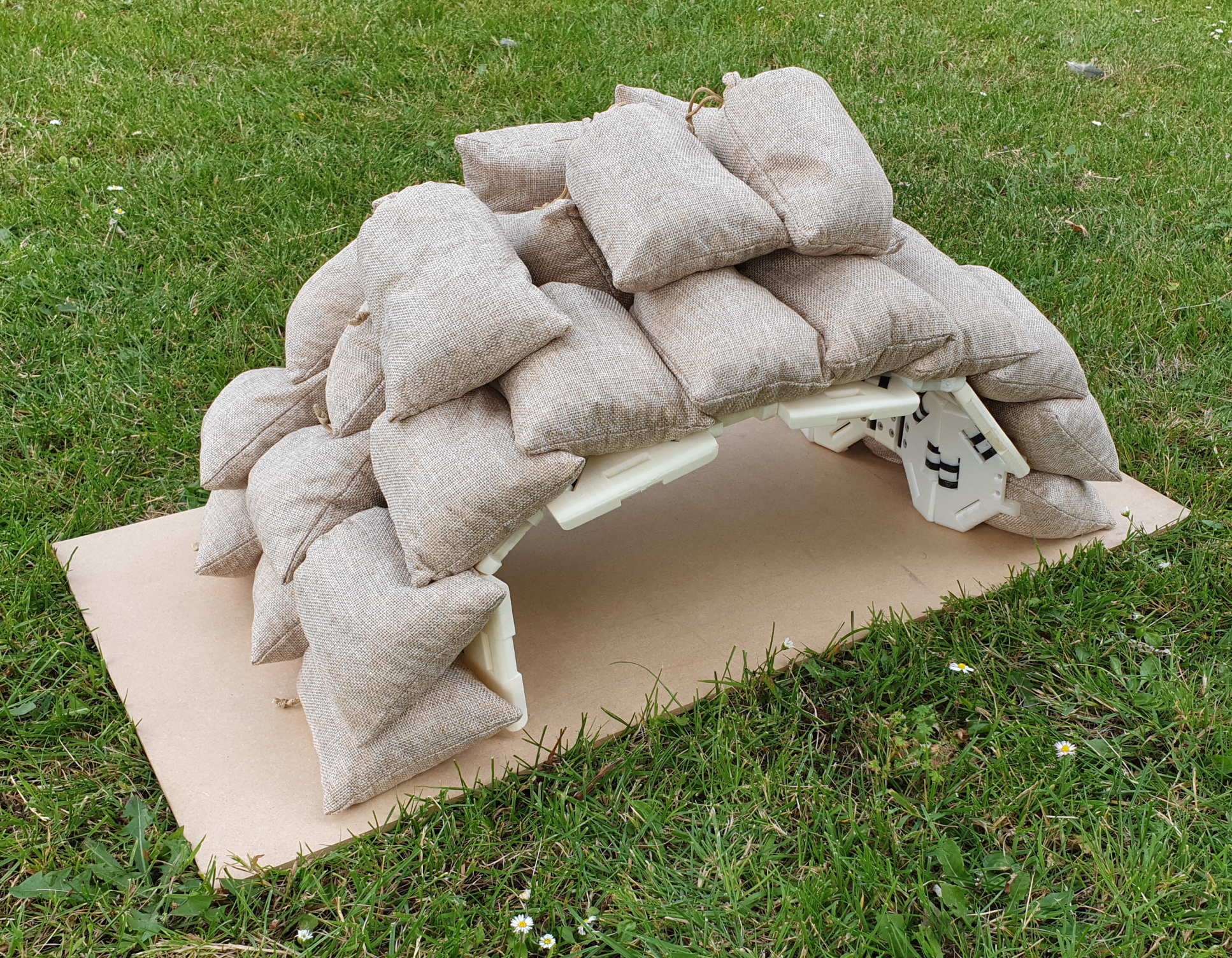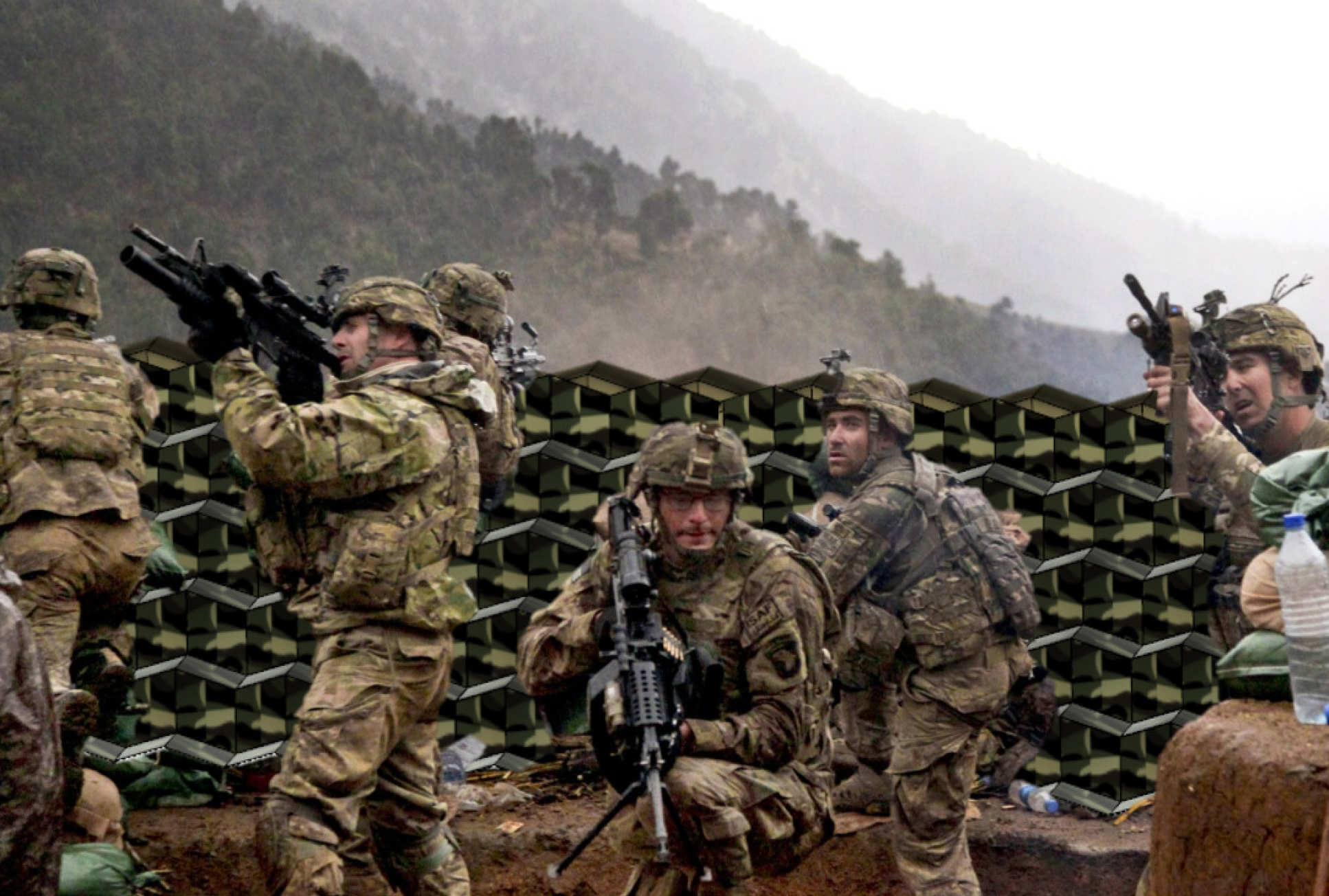Traditional craft origami inspires new design tool

A team of Imperial College London alumni has developed a software platform for designing origami-inspired 3D structures.
The grandmaster of origami, Akira Toshizawa, said that "The possibility of creation from paper is infinite."
In his lifetime he is reported to have come up with around 50,000 different designs, each with a unique form, showing that folded paper can be a work of art.
But origami has also inspired the design of practical structures which can become very space-efficient through folding, such as the slightly mesmerising NASA starshade concept.
Designing such structures for the real-world can be a big design challenge however, as most real-world applications will use materials with some thickness to them. This adds a big headache to optimising how the layers stack relative to each other, and how the folds work.
New software developed by Synbiosys – a startup company formed by Imperial College London alumni – can address this problem, allowing for a rapid design process.
The team originally developed the software as part of a Defence and Security Accelerator (DASA) funded project, using it to design pop-up structures for soldiers on the front-line.
“At the front-line there is a real need for space-efficient structures, and there has been a surprising lack of innovation.” Explained Jose Videria, CEO of Synbiosys.
Take trenches for example. “If you looked at a trench in world war two and a trench today, pretty much nothing has changed” said Jose. “Corrugated iron sheets are used to line trenches. The problem is, corrugated iron sheets are heavy and quite awkward. As a material it doesn’t really transport that well to the front line.”
Using the software, the team were able to rapidly iterate a variety of shapes and configurations to come up with structures that can replace corrugated iron.
They ended up with two different optimised structures, one for lining the trench walls, and other for providing a central shelter. Crucially, as the structures are foldable they can both collapsed and transported on standard NATO crates, and reassembled in less than 10 minutes.

“The software can be used for designing structures for all sorts of other applications, such as humanitarian pop-up shelters, barricades, and pretty much any other structure that needs to be transported” said Jose. “You just input the size and shape requirements, and the software will output the optimum folding design.”

Obvious use cases are with the police who need to assemble temporary barricades, humanitarian missions which need to be able to transport temporary shelters in an emergency, and also space missions.
The Synbiosys team are now looking for designers, engineers and anyone else who has a requirement for space-efficient, foldable structures, to further explore what their software can deliver.
Article text (excluding photos or graphics) © Imperial College London.
Photos and graphics subject to third party copyright used with permission or © Imperial College London.
Reporter
Max Swinscow-Hall
Institute for Security Science & Technology